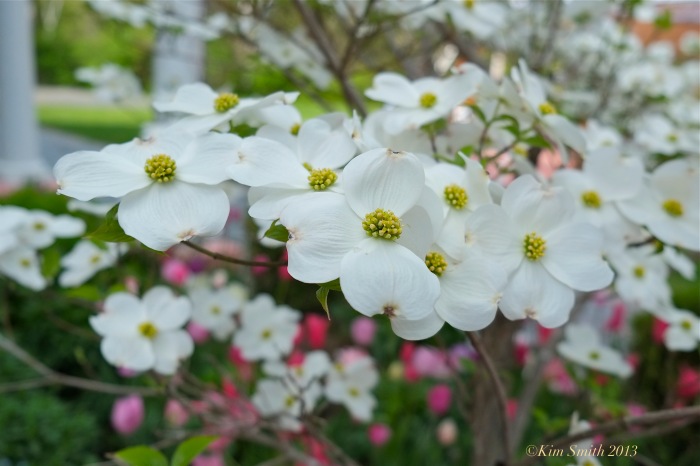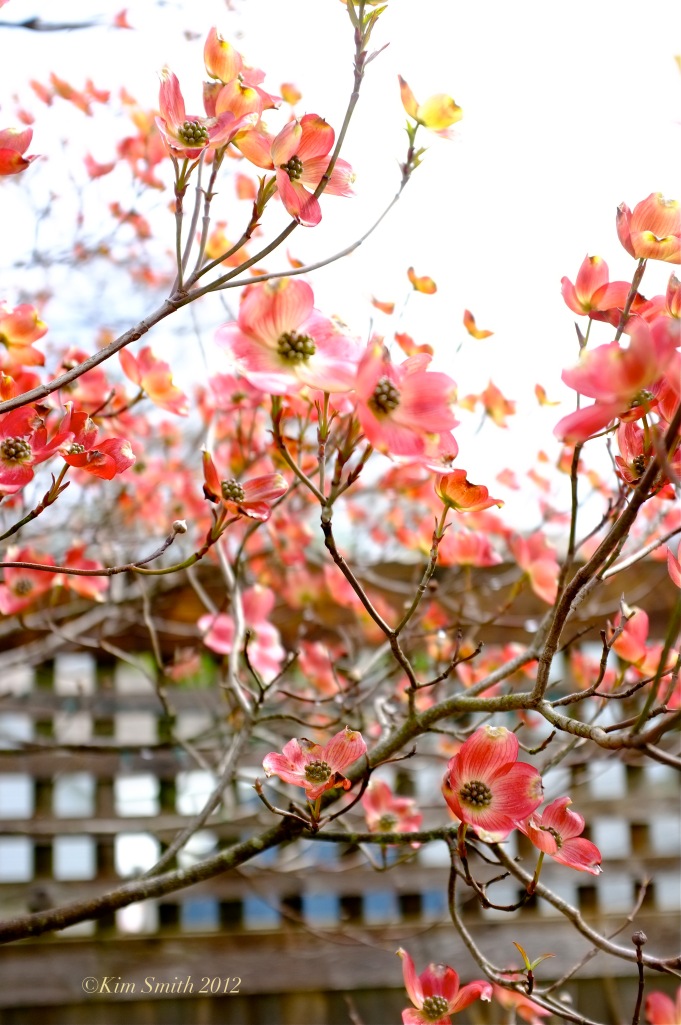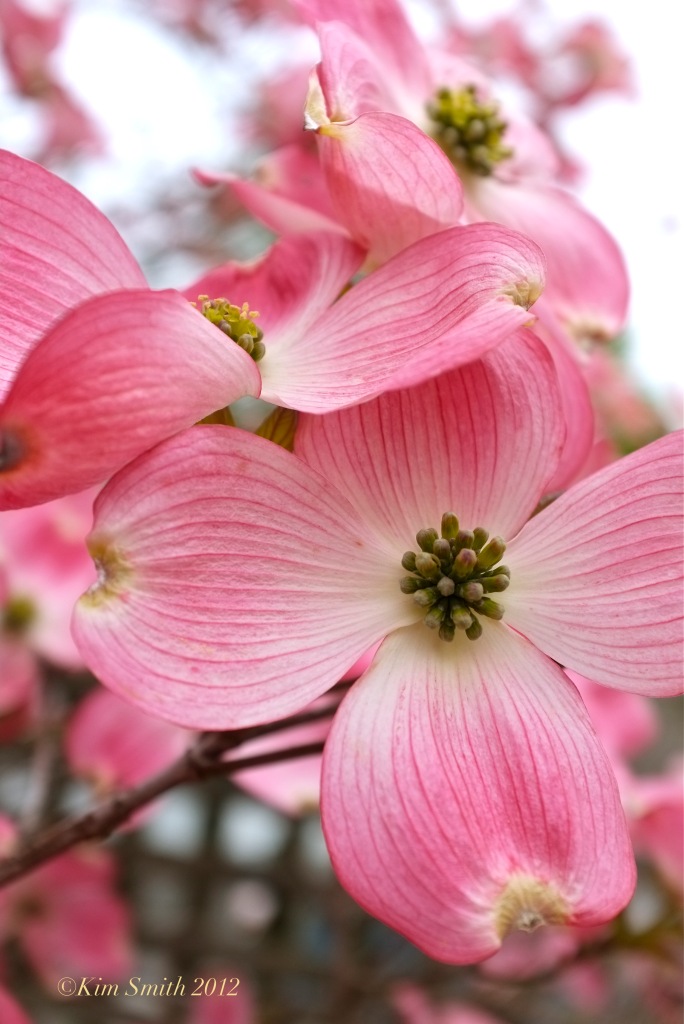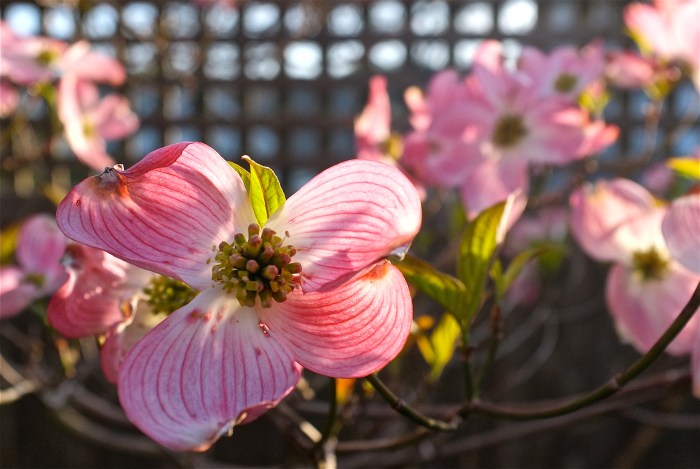 Currently I am working like mad on design projects, both creating new gardens and organizing existing gardens. Along with butterfly and pollinator gardens, I design many different types of gardens, including fragrant gardens, night gardens, children’s gardens, and seaside gardens. One of my favorite aspects of the design process is creating the horticultural master plan, which is typically done simultaneously after discussing with the client their needs, hopes, and aspirations for their garden, and when working on the plan drawings.
Currently I am working like mad on design projects, both creating new gardens and organizing existing gardens. Along with butterfly and pollinator gardens, I design many different types of gardens, including fragrant gardens, night gardens, children’s gardens, and seaside gardens. One of my favorite aspects of the design process is creating the horticultural master plan, which is typically done simultaneously after discussing with the client their needs, hopes, and aspirations for their garden, and when working on the plan drawings.
While working on planting plans, I thought our GMG readers would benefit from suggested plantings and illustrated design tips. I started this series awhile back and called it Antennae for Design, and still like that name.
In designing gardens the first step is always creating the framework and trees comprise a major component in establishing the framework, or bones, of a garden. Trees provide a welcome sense of shelter with the shifting light and shadows filtering through the ever-changing ceiling. Fragrance, flowers, the shelter they provide, form, and texture of the leaves are not the only attributes of a tree garden. During the winter months there is the elegant beauty of pure line, the beauty of the branch.
 For a multitude of reasons, one of my top choices when planting a tree-garden is our stunning native American dogwood (Cornus florida), both white and pink flowering forms. The fresh beauty of its spring blossoms, horizontal level branches, myriad pollinators attracted to the tiny florets, and the elegance of its bare limbs in winter are just some of the reasons why I love this tree! For a night garden especially, the white flower bracts are especially luminous in the moonlight. And, the American dogwood is also a larval food plant for the diminutive Spring Azure butterfly’s caterpillar!
For a multitude of reasons, one of my top choices when planting a tree-garden is our stunning native American dogwood (Cornus florida), both white and pink flowering forms. The fresh beauty of its spring blossoms, horizontal level branches, myriad pollinators attracted to the tiny florets, and the elegance of its bare limbs in winter are just some of the reasons why I love this tree! For a night garden especially, the white flower bracts are especially luminous in the moonlight. And, the American dogwood is also a larval food plant for the diminutive Spring Azure butterfly’s caterpillar!





